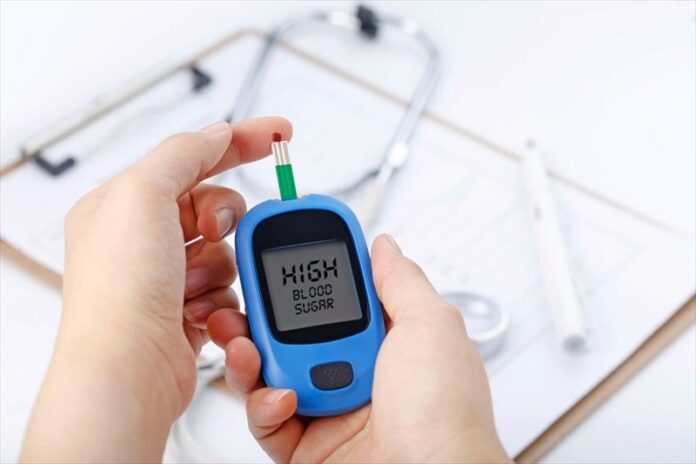The lowest blood sugar levels needed to prevent diabetes-related health consequences have been identified by a new study. The probability of a person with type 1 diabetes developing eye and renal problems can be precisely predicted by long-term blood sugar levels or HbA1c. According to the new research, this level should be lower than 53 mmol/mol (7%).
Notably, the study followed participants for more than 30 years following their type 1 diabetes diagnosis, and the findings were published in Diabetes Care, according to the news agency ANI.
Diabetes risk is decreased by managing blood sugar levels:
According to the findings, individuals with diabetes may sustain damage to the tiny blood arteries in several organs. Although the causes of this are unknown, it has long been understood that maintaining adequate blood sugar control lowers the likelihood of problems. However, it is unclear what level of long-term sugar, or HbA1c, persons with type 1 diabetes should maintain to prevent severe harm to their kidneys’ and eyes’ blood vessels.
The study’s principal investigator, Linkoping University professor emeritus Hans Arnqvist, stated that “our study precisely specifies the levels of long-term sugar that can avoid difficulties.” A person may be more motivated to maintain a healthy blood sugar level after learning this information.
The VISS (Vascular Diabetic Complications in Southeast Sweden) project tracked all children and adults under 35 who had type 1 diabetes between 1983 and 1987 and got medical care in the South-East Healthcare Region of Sweden. The study covered each of the 447 individuals who received a new diagnosis during this period in the area. HbA1c measurements were tracked by the researchers.
When a person has type 1 diabetes, their eye’s tiny blood vessels are more prone to injury. Small hemorrhages that do not impair vision occur in the eye in almost all people. Occasionally, the retina will generate new blood vessels. It can cause blindness and is referred to as “proliferative retinopathy.” Diabetes also affects the macula or region of the retina responsible for sharp eyesight. The vision becomes hazy due to damage. Although the kidneys’ vital small blood arteries can still be harmed, they are less vulnerable to injury from high blood sugar than the eye is. Proteins from the blood are excreted in the urine as a result of such damage.
A healthy person’s blood sugar level is tightly regulated, with a maximum HbA1c level of 42 mmol/mol (6.0%). The findings of our study indicate that individuals with type 1 diabetes for at least 32 years should maintain a mean long-term sugar level below 53 mmol/mol (7.0%) to completely avoid serious damage. As the level rises, the risk of kidney and eye complications increases. Our conclusions relate to preventing complications arising from blood vessel damage. However, if a patient has issues with low blood sugar or hypoglycemia, it’s not possible to control the blood sugar.
Follow and connect with us on Facebook, LinkedIn & Twitter

